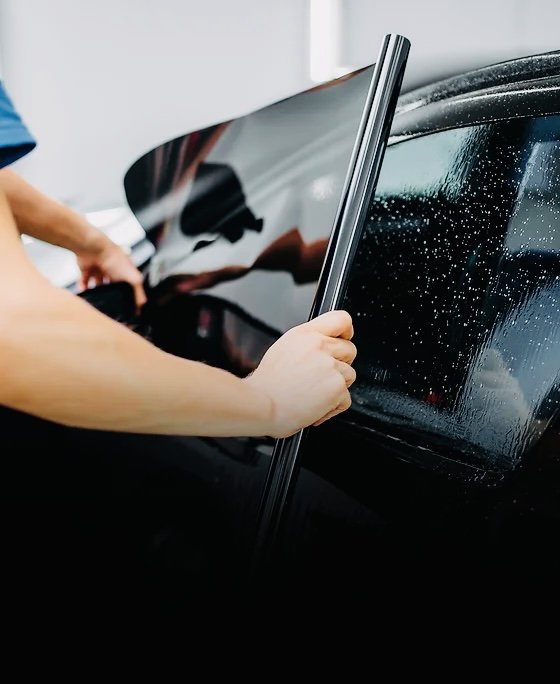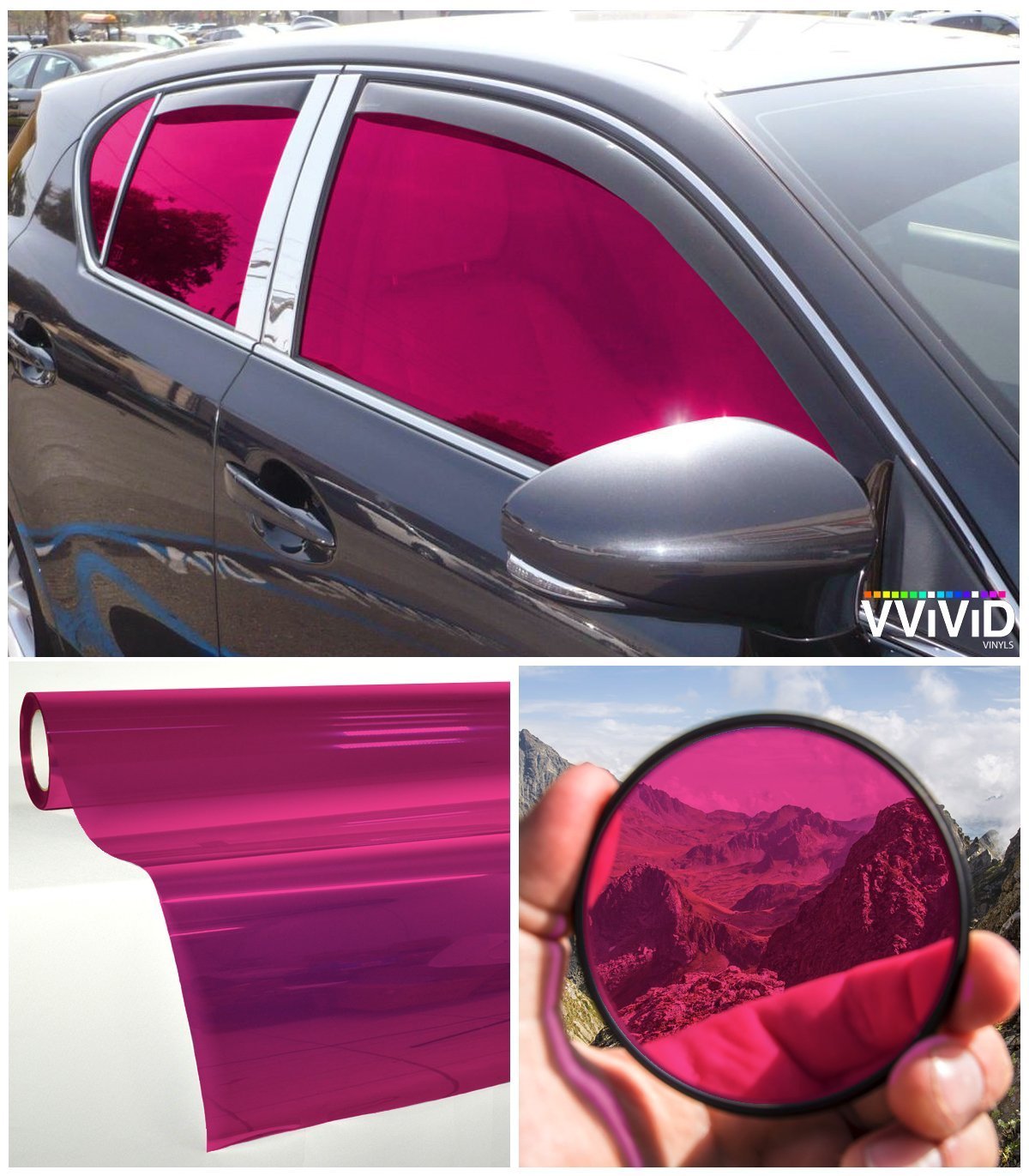Window Tinting Rules: What You Required to Know Prior To Tinting Your Automobile
Understanding window tinting laws is important for any kind of lorry proprietor considering tinting their automobile. As you contemplate boosting your car's appearance and functionality, it is vital to understand not just the lawful implications but likewise the sensible factors to consider that come with selecting the best color.
Relevance of Comprehending Tint Regulations
Recognizing window tinting regulations is important for automobile owners to guarantee compliance with state regulations. These legislations dictate the permissible degrees of color darkness and reflectivity, which can significantly differ from one jurisdiction to an additional. Failing to comply with these laws can result in fines, necessary elimination of the color, and prospective issues throughout vehicle inspections.
Moreover, understanding these regulations assists car owners make notified decisions about their tinting choices. Various sorts of home window movies provide different benefits, such as UV security, heat being rejected, and glow reduction. Nevertheless, without expertise of the lawful limits, vehicle owners take the chance of selecting products that might ultimately cause legal problems.
Furthermore, awareness of tinting legislations promotes a much safer driving environment. window tinting. Excessively dark tints can harm exposure, enhancing the danger of mishaps, especially during the night or in unfavorable weather. Police likewise make use of these guidelines to ensure road security, making conformity not simply a lawful responsibility but an individual duty
State-Specific Color Laws
Each state in the U.S. has established its very own certain policies regarding window tinting, mirroring a diverse variety of standards and demands. These laws can vary substantially, impacting exactly how lorry owners approach installment and conformity. For example, some states enable darker colors on rear windows while enforcing rigorous limits on front-side windows.
Furthermore, guidelines usually define permitted tint materials and shades. Particular states forbid reflective tints entirely, while others may allow them to a restricted level. Furthermore, some territories mandate that automobiles with tinted windows present a sticker label indicating compliance with state laws, offering a clear identification for police.
Enforcement of these laws also differs; some states are extra aggressive, conducting random checks, while others rely upon grievances or visible violations to start enforcement. Car proprietors ought to understand that failure to comply with state-specific tint guidelines can lead to penalties, compulsory elimination of unlawful tints, or both.

Lawful Color Percentages
Figuring out the legal tint percentages is vital for automobile proprietors seeking to abide by state regulations. Each state has specific laws regulating just how much light must pass through the home windows of an automobile, which is expressed as a portion referred to as Noticeable Light Transmission (VLT) This percent varies substantially throughout states and can depend upon the sort of home window-- front side, back side, and windshield.
For circumstances, some states allow just 20% VLT on front side windows, while others may allow as much as 50%. Windscreen tinting is often extra limited, with numerous territories enabling just a slim band of tint on top of the windscreen. On the other hand, back home windows normally have much more lax regulations, with some states permitting darker tints.
It is vital for automobile proprietors to familiarize themselves with their regional regulations to prevent potential legal issues. This consists of understanding exactly how VLT is measured, as it can differ based upon the sort of home window film used. Staying educated about these guidelines guarantees conformity and advertises safe driving conditions for both the automobile proprietor and others on the road.
Repercussions of Non-Compliance
Failing to stick to window tinting legislations can cause substantial effects for automobile proprietors. One of the most instant effect is the potential for check here traffic quits and citations from police. Officers trained to determine illegal color degrees may release penalties, which can vary by territory yet often vary from moderate to significant amounts. Repetitive violations might cause increased penalties, consisting of higher penalties or extra points on a motorist's license.

Insurer may likewise enforce fines for non-compliance, as prohibited modifications can be considered as a breach of policy terms. This can influence coverage rates or result in issues in claims if an incident happens.
Ultimately, the effects of non-compliance expand beyond immediate economic penalties; they can impact a chauffeur's insurance coverage rates, legal standing, and overall car value, stressing the significance of sticking to regional home window tinting regulations.
Tips for Finding Tinting Options
Recognizing the ramifications of non-compliance highlights the significance of making notified options when choosing home window tinting options. published here Familiarize on your own with your state's details regulations concerning tint darkness and reflectivity. Each state has one-of-a-kind laws that dictate the acceptable limitations, so guarantee you remain within these guidelines to avoid penalties.
Secondly, consider the sort of color product. Alternatives include colored, metalized, and ceramic colors, each offering differing levels of warm denial, UV protection, and toughness. Ceramic colors provide premium heat resistance without conflicting with digital tools, making them a preferred option.
Additionally, analyze your main function for tinting. If you look for enhanced personal privacy, choose darker tints; nevertheless, remember that this might affect visibility during the night. Conversely, if glare reduction and UV defense are your primary problems, lighter colors may be adequate.
Last but not least, seek advice from an expert installer that is experienced regarding local regulations and can suggest high-quality materials matched to your needs (window tinting). Taking these aspects into account will certainly guarantee you make an educated decision, eventually boosting both your lorry's aesthetic appeals and functionality
Final Thought
To conclude, familiarity with home window tinting regulations is essential prior to using color to a lorry. Each state implements specific guidelines relating to noticeable light transmission percentages, particularly for front-side home windows and windshields. Non-compliance can result in significant charges, including penalties and necessary elimination of non-conforming tint. By understanding legal demands and choosing proper color materials, automobile proprietors can accomplish aesthetic enhancement while staying certified with relevant laws. Adherence to these guidelines makes sure both security and fulfillment.
Understanding home window tinting legislations is necessary for any kind of vehicle owner thinking about tinting their automobile.Understanding window tinting laws is critical for vehicle owners to guarantee conformity the original source with state policies. Some states permit darker tints on rear home windows while enforcing stringent restrictions on front-side home windows.
In contrast, back home windows normally have more lenient guidelines, with some states allowing darker tints. (window tinting)
In verdict, experience with home window tinting laws is essential prior to applying color to an automobile.